Cement Sidewalk Installation Guide
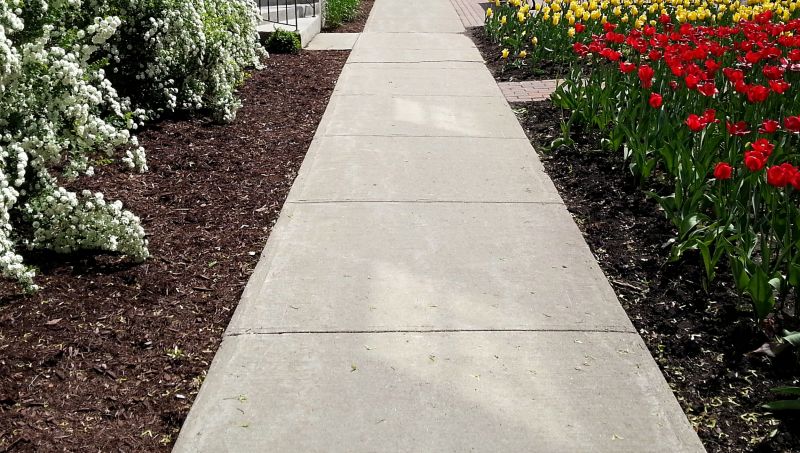
Spring offers moderate temperatures ideal for curing, reducing the risk of cracks caused by extreme weather.
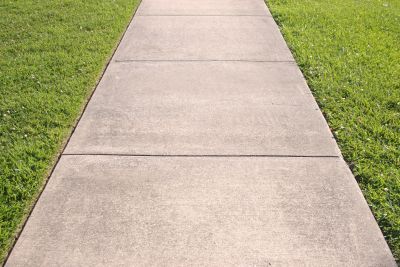
Summer provides warm weather, but high temperatures require proper planning to prevent rapid drying and cracking.
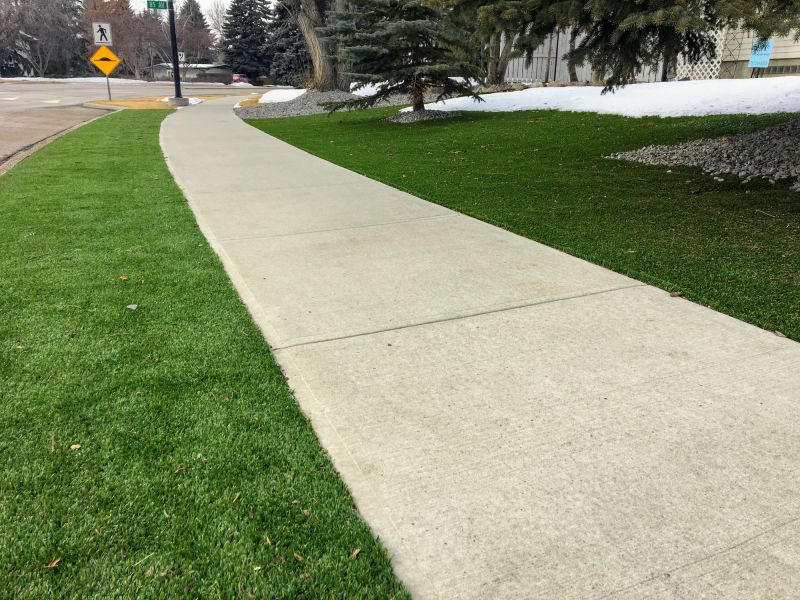
Fall's cooler temperatures and lower humidity levels create favorable conditions for concrete setting.

Ways to make Cement Sidewalk Installations work in tight or awkward layouts.
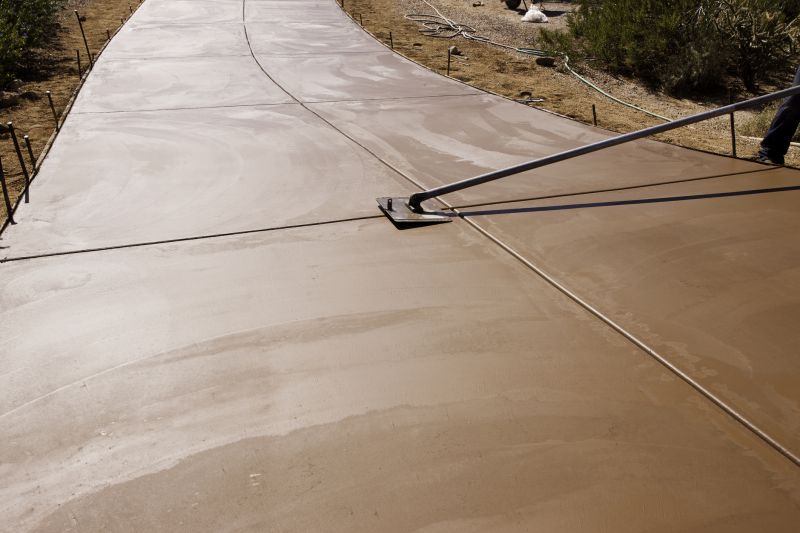
Popular materials for Cement Sidewalk Installations and why they hold up over time.
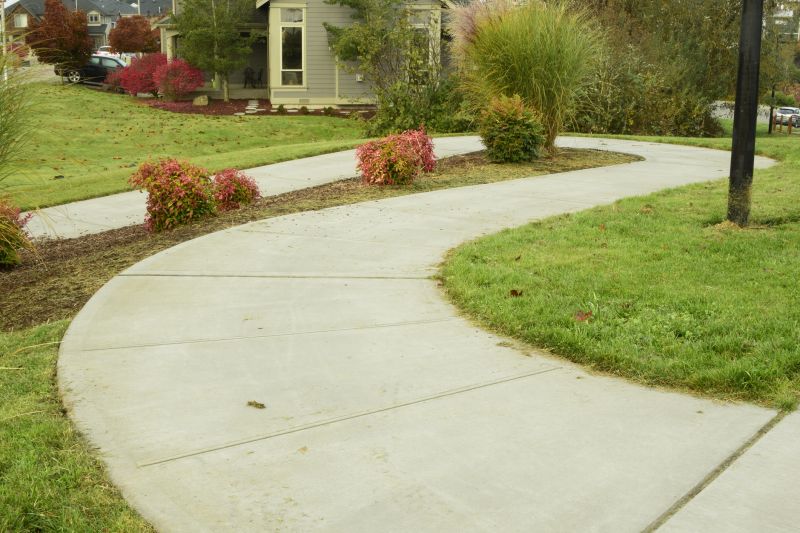
Simple add-ons that improve Cement Sidewalk Installations without blowing the budget.

High-end options that actually feel worth it for Cement Sidewalk Installations.
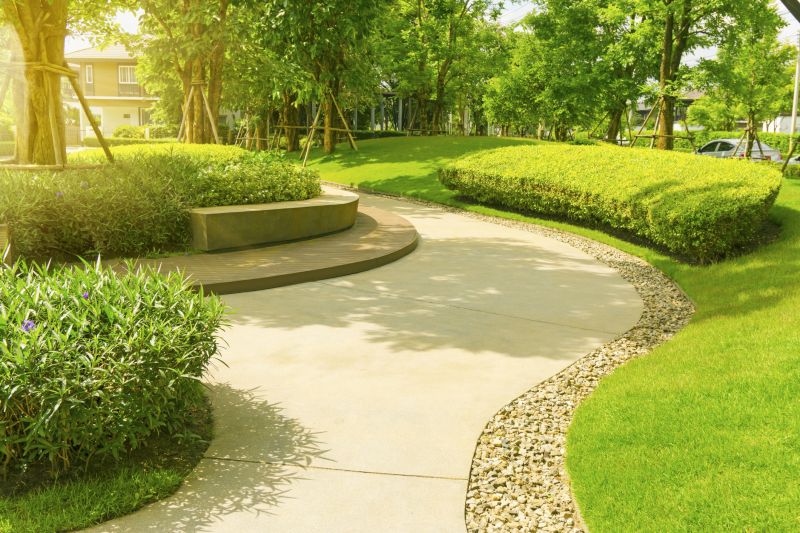
Finishes and colors that play nicely with Cement Sidewalk Installations.
Cement sidewalk installation involves preparing a stable base, mixing and pouring concrete, and allowing proper curing time. Proper timing minimizes issues like cracking, uneven setting, and surface deterioration. Statistics show that concrete installed during optimal weather conditions has a lifespan exceeding 25 years with minimal maintenance.
Extreme heat accelerates drying, increasing the risk of cracks, while cold weather can hinder proper curing.
Temperatures between 50°F and 85°F with low humidity are optimal for concrete curing and strength development.
Rain and freezing temperatures should be avoided during installation to prevent surface damage and weak spots.
Concrete typically requires at least 7 days to cure properly, with longer periods recommended in cooler weather.

Spring's mild weather supports optimal curing conditions.
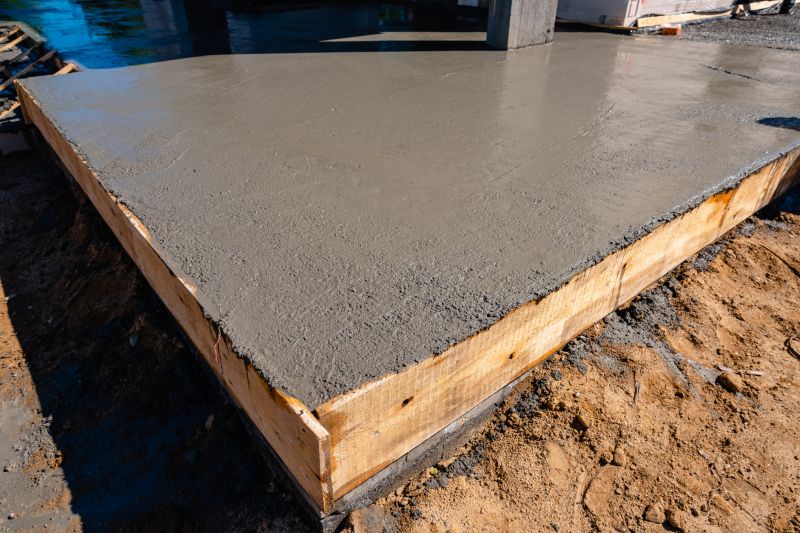
Proper hydration and shade are essential during hot weather.
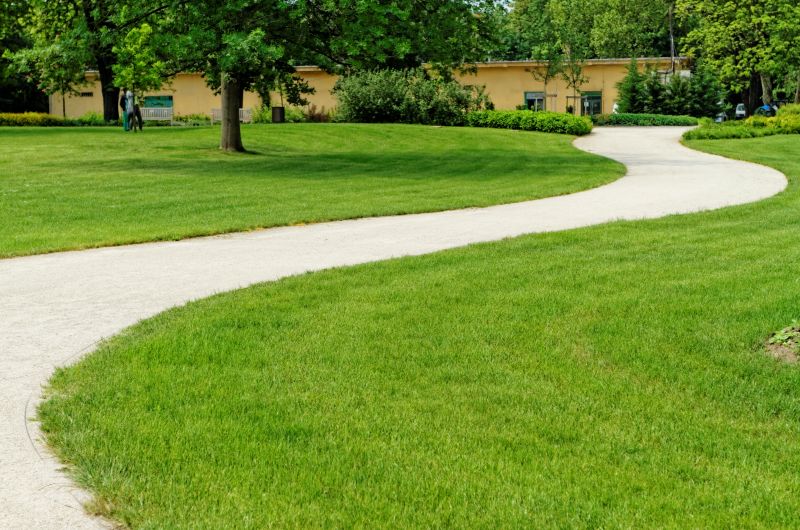
Cooler temperatures help achieve a strong, durable surface.
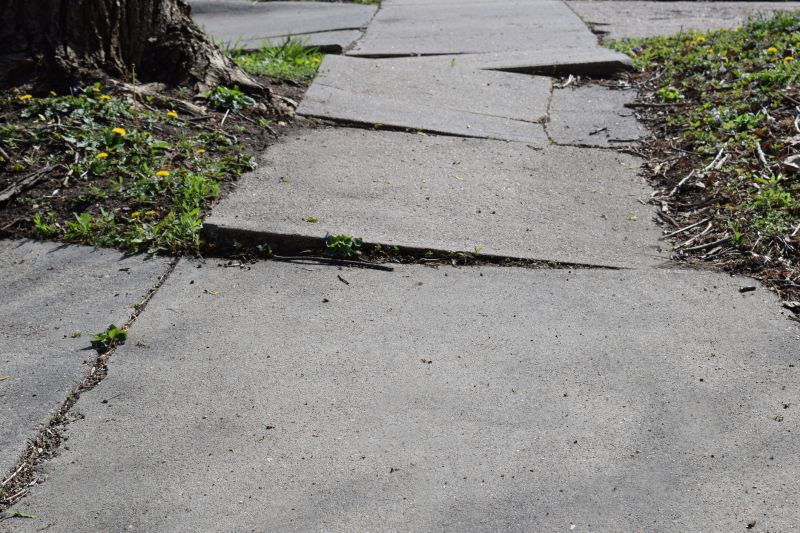
Cold temperatures can delay curing and increase the risk of surface damage.
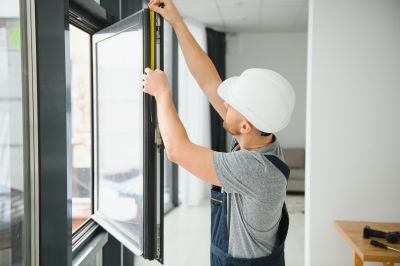
Little measurements that prevent headaches on Cement Sidewalk Installations day.
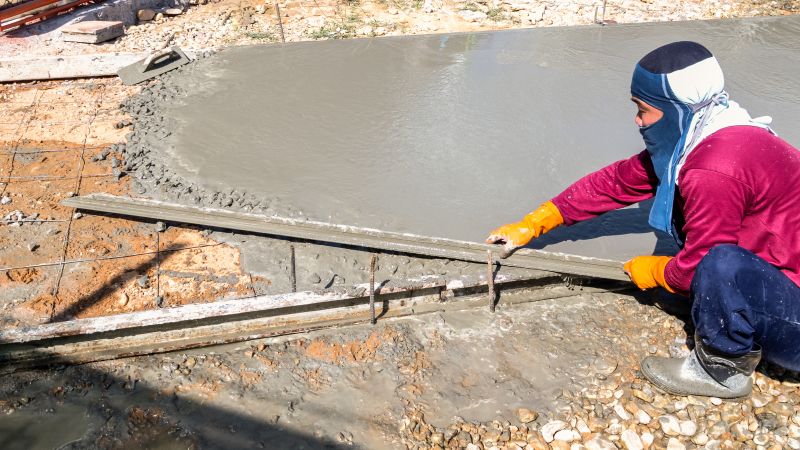
A 60-second routine that keeps Cement Sidewalk Installations looking new.
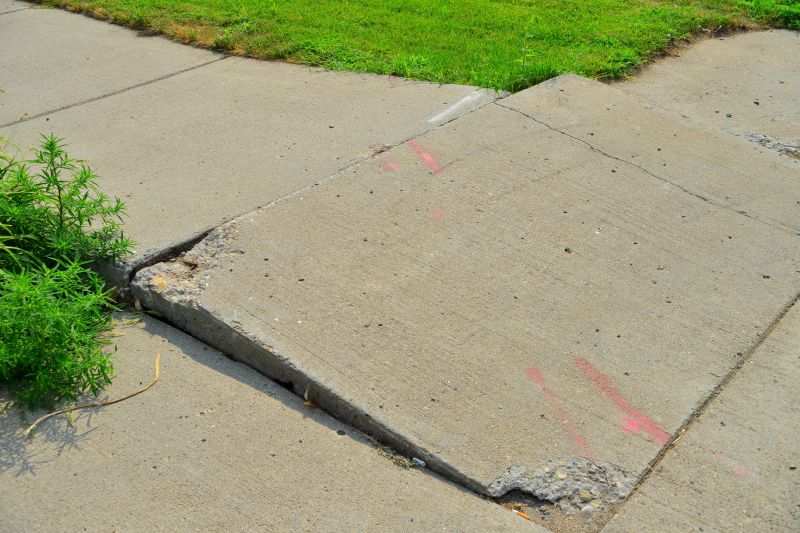
A frequent mistake in Cement Sidewalk Installations and how to dodge it.
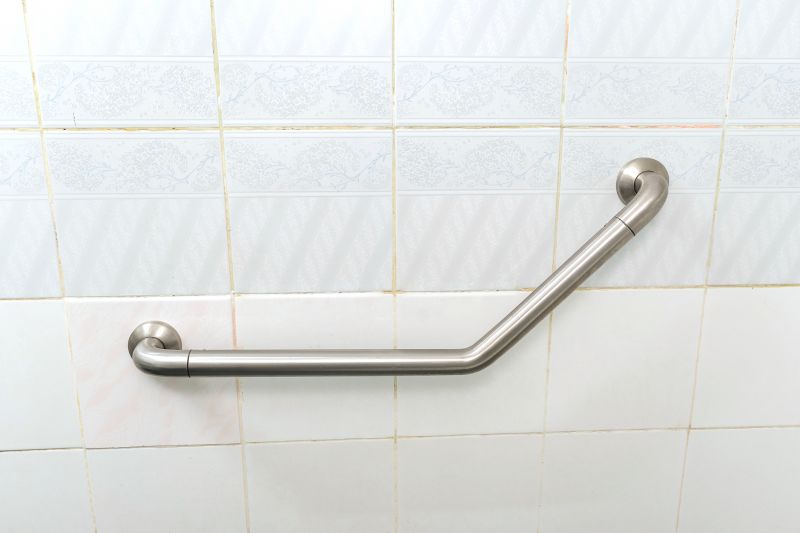
Small tweaks to make Cement Sidewalk Installations safer and easier to use.
| Season | Advantages |
|---|---|
| Spring | Moderate temperatures, lower humidity, ideal for curing. |
| Summer | Longer daylight hours, quicker work process, but requires precautions for heat. |
| Fall | Cooler weather, less rain, supports strong curing. |
| Winter | Not recommended in cold climates due to freezing temperatures. |
Choosing the right time for cement sidewalk installation can significantly influence the durability and appearance of the finished surface. Planning around weather patterns and temperature fluctuations helps achieve the best results, extending the lifespan of the sidewalk and reducing maintenance costs.
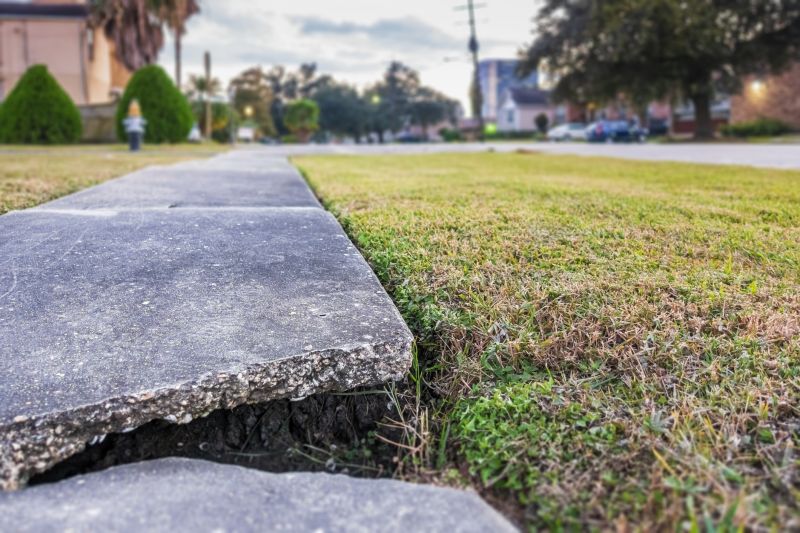
A sidewalk cured in optimal conditions shows minimal cracking and long-term resilience.

Scheduling installations during mild weather ensures better surface quality.
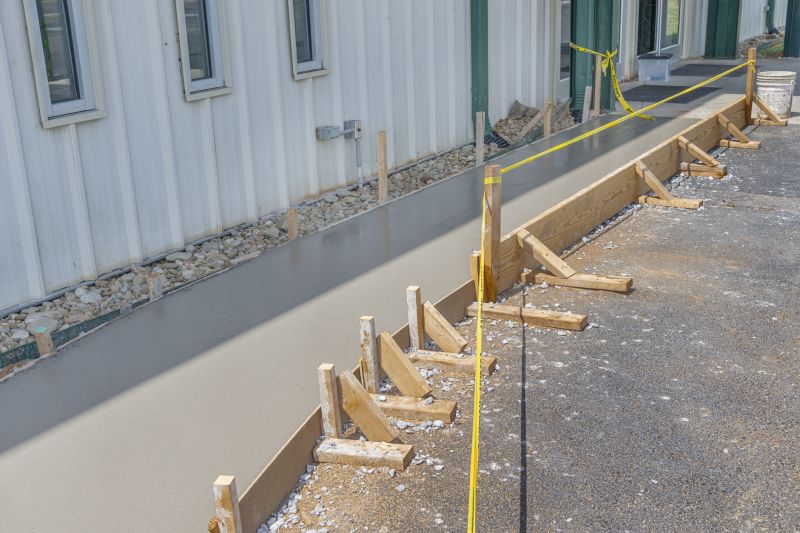
Adequate curing involves maintaining moisture and appropriate temperature levels.
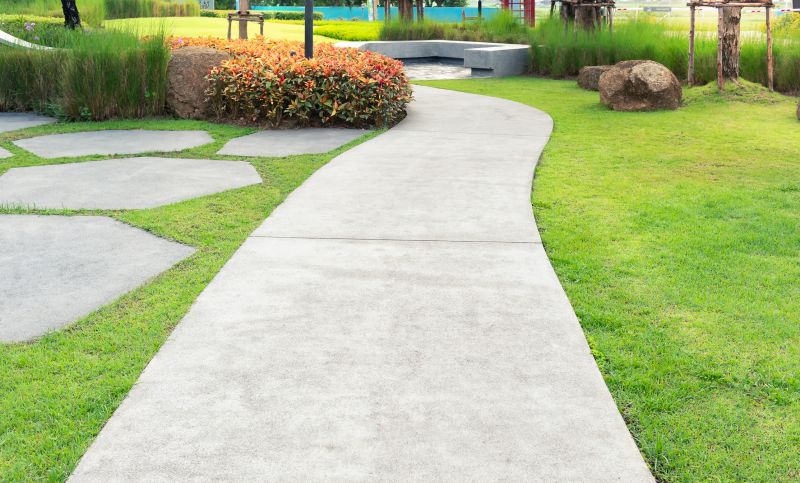
Proper timing and conditions contribute to sidewalks that last for decades.

Lower-waste or water-saving choices for Cement Sidewalk Installations.
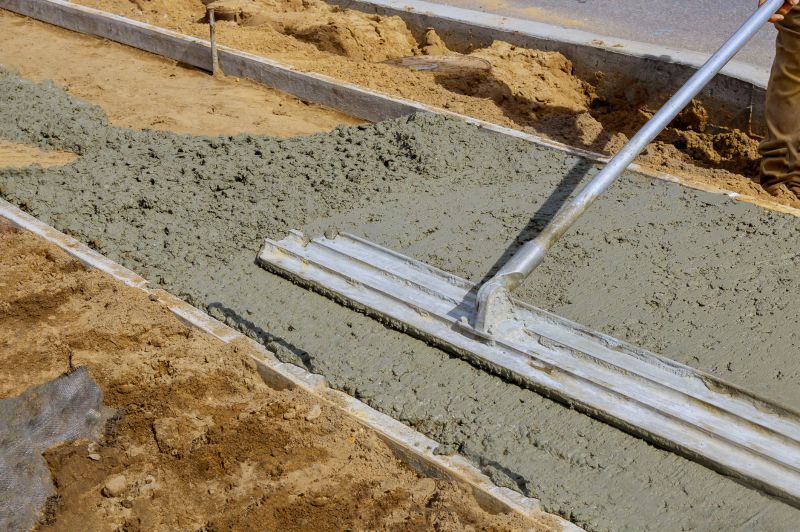
The short, realistic tool list for quality Cement Sidewalk Installations.
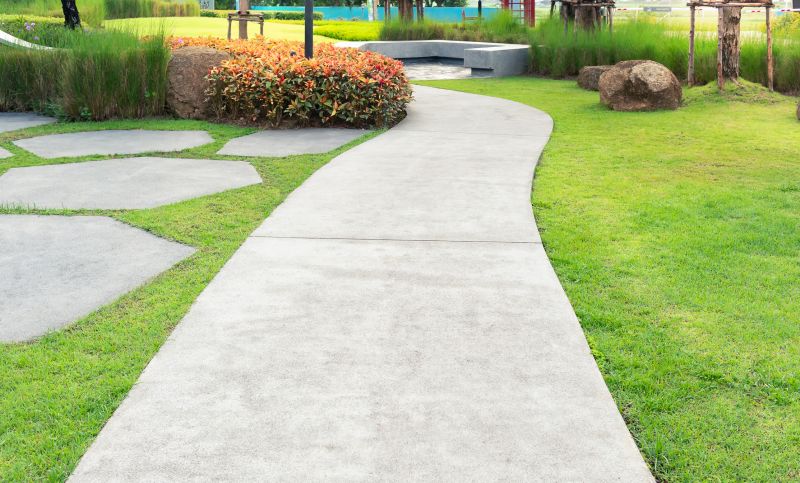
Rough timing from prep to clean-up for Cement Sidewalk Installations.

Quick checks and paperwork to keep after Cement Sidewalk Installations.
Interested in cement sidewalk installation? Filling out the contact form can provide further information and assistance for scheduling and planning projects.



